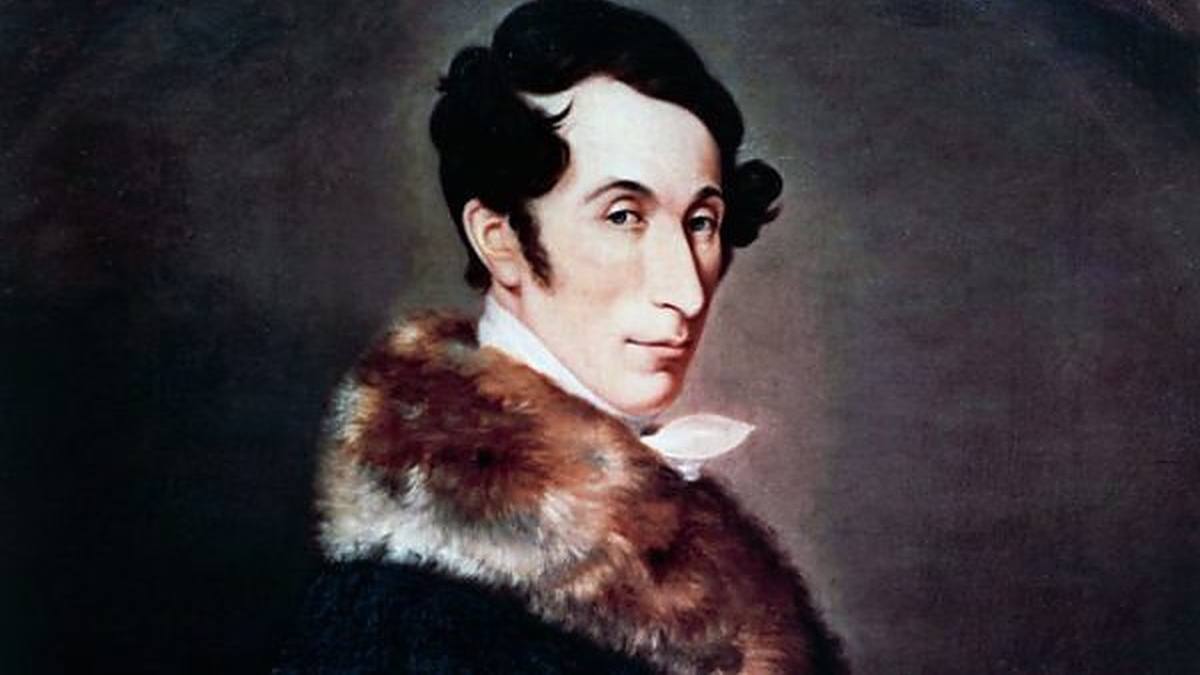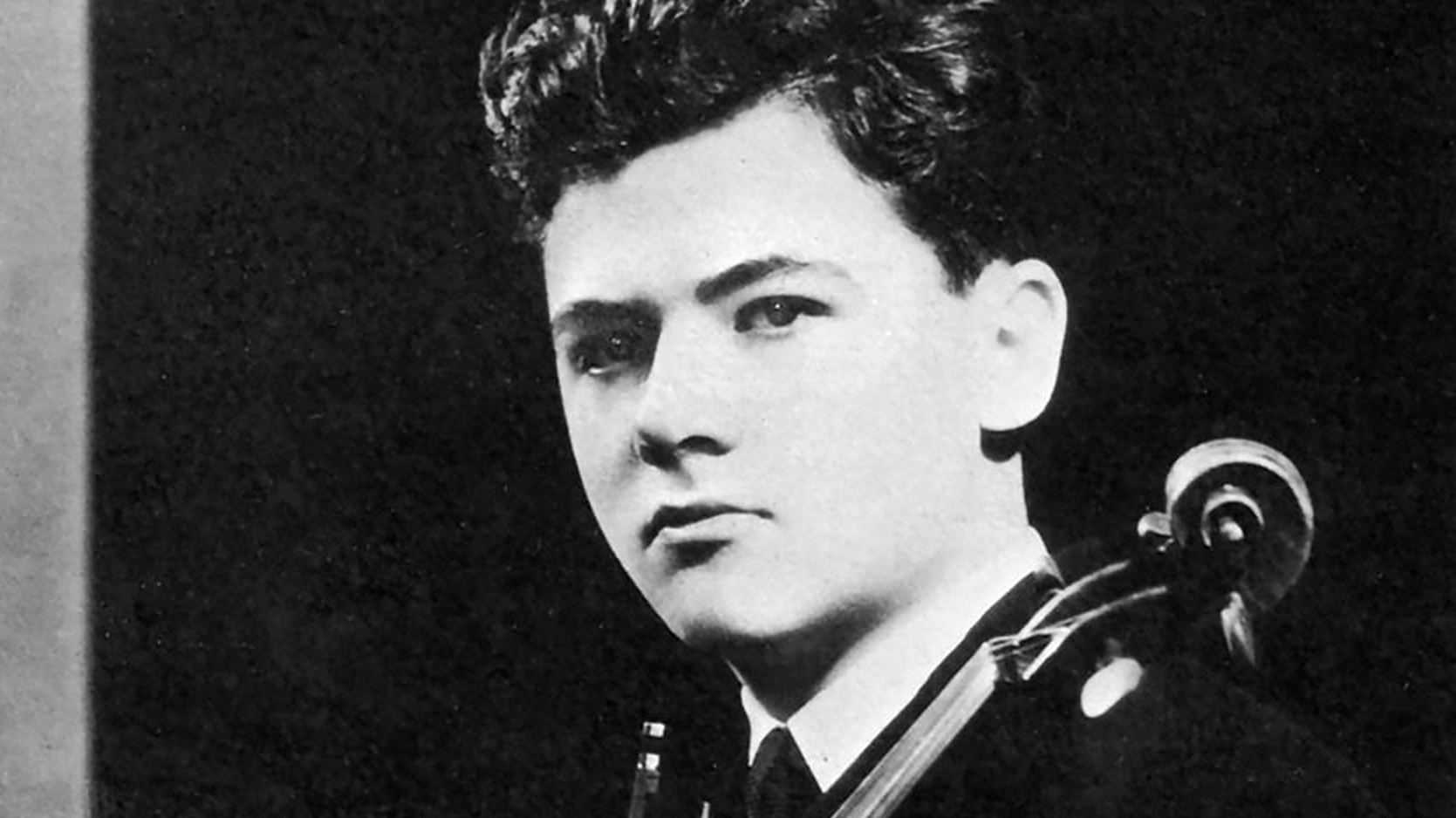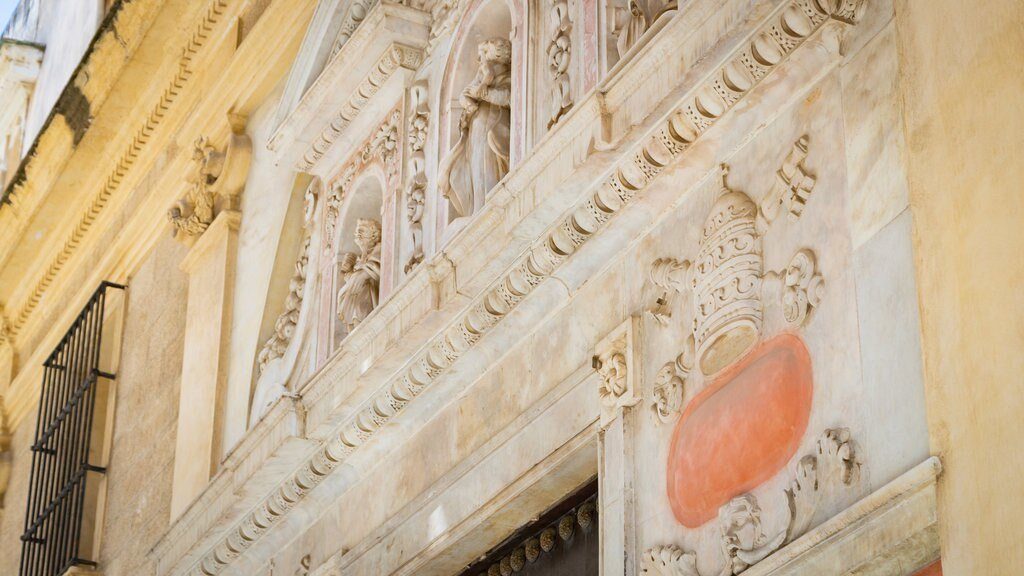Vaughan Williams’ “The Wasps” Overture: Raising the Curtain on Stinging Satire
In 1909, the Cambridge Greek Play committee invited Ralph Vaughan Williams to compose incidental music for a production of Aristophanes’ comic satire, The Wasps. The play, first produced in 422 B.C., is a caustic commentary on the Athenian judiciary system. Vaughan Williams’ music, later arranged in a suite, includes the witty March Past of the Kitchen Utensils. A year earlier, Vaughan Williams spent three months in Paris studying with Maurice Ravel. Later, Ravel commented that Vaughan Williams …







